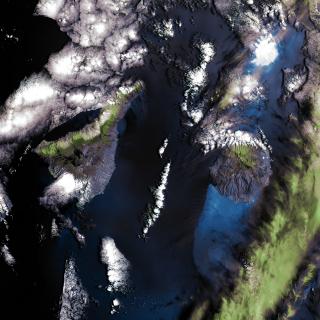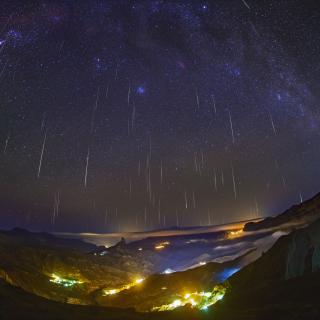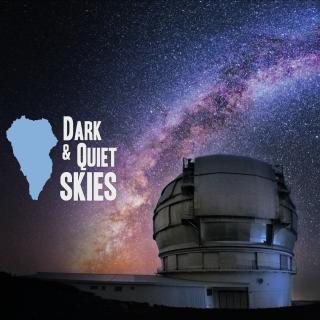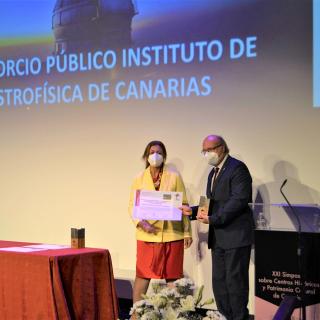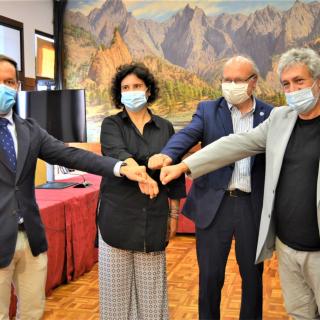
The Director of the Instituto de Astrofísica de Canarias (IAC), Rafael Rebolo; the Deputy Director, Casiana Muñoz-Tuñón; the Rector of the University of Las Palmas de Gran Canaria (ULPGC), Lluís Serra Majem; the Vice-rector of Research and Transfer, Marisol Izquierdo; and Juan Ruiz Alzola, director of the Group of Medical Technological and Audiovisual Research of the University Institute of Biomedical and Health Research of the ULPGC, met recently at the headquarters of the Institute in San Cristóbal de La Laguna with the aim of activating the new agreement between the two institutions for
Advertised on
